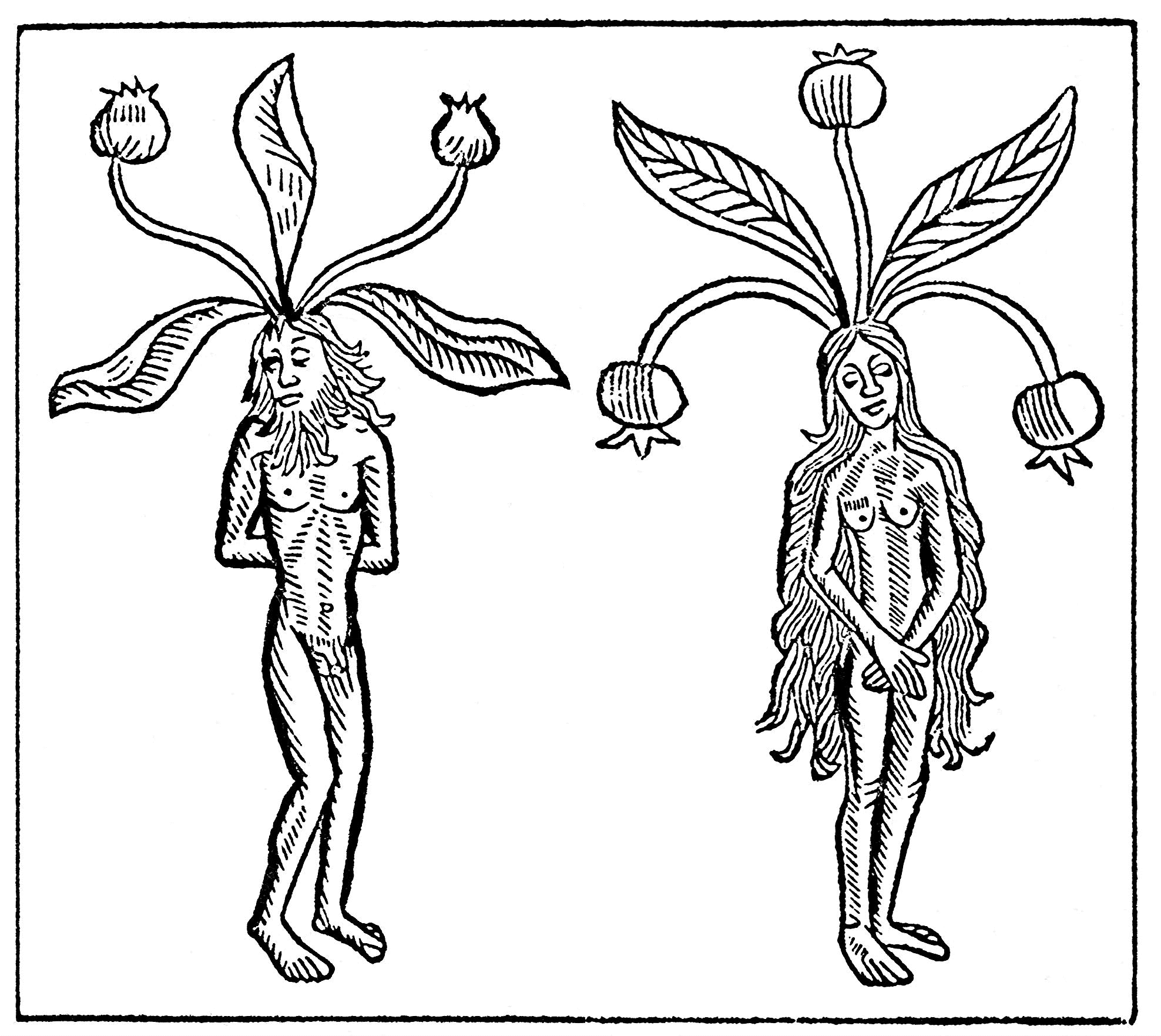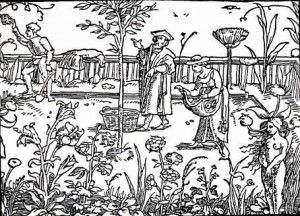
Ancient scientists and philosophers pondered the nature of the world and how everything worked and fitted together.
One thing they were certain of was that everything on earth was in some way connected, linked, with many things sharing common components and characteristics.
They knew that seeds grew into strong, healthy plants when placed in well nourished soil with a goodly amount of water and the sun’s light. Any variation in these conditions affected their growth and development causing them to thrive or wither and die. It could even prevent them from taking root in the first place.
In the past both animal and human development was likened to that of plants. In order for life to take hold there had to be two things, a seed and a nurturing environment. This allowed all living things to grow and reach their full potential. During sexual intercourse man actively provided the fertile seed and woman the nurturing environment. Although we now know that this is not the case, in the past if a woman couldn’t conceive or miscarried, she was regarded as sterile or barren, incapable of nurturing life just like a seed landing on dry, stoney ground.
The early philosophers drew other parallels between the development of living things. They knew that just as specific seeds grew into specific plants then so too did animal and human seeds. Identical seeds could also develop very differently from each other. Any farmer can testify that there is always a part of a field where seeds don’t grow well at all.
In the sky above our head this principle is clearly visible. It is the sun and its life giving rays that actively produce heat and light. This is the seed and the sun is linked with man. The moon shapes its growth by transmitting the influences of the other planets to the earth below. This is the fertile environment and it is associated with woman.
Astrologers believed, then as now, that everything on earth is sensitive to the motions of the heavens. The stars and planets created an ever changing environment. Earthly life was sensitive to these changes and not just on a physical level, man’s disposition and soul were also shaped by the celestial atmosphere at the moment of birth.
In our long and great astrological tradition the gross anatomy of plants was broadly linked to the four classical elements of Fire, Air, Water and Earth.
The roots embedding the plant into the ground were associated with Earth.
The stem carried the plant’s vital sap so was unsurprisingly associated with Water.
The leaves, higher up the stem and wafting in the breeze, were associated with Air.
Flowers, with their petals radiating from the centre, were reminiscent of the sun and associated with Fire.
Plants, animals and humans all contained vital ‘liquids of life ‘ called Humors. Humours were subject to both seasonal and environmental changes brought about by the movements of the heavenly bodies. The earth itself contained untold nourishment and a plant drew up specific humors that matched its particular virtue. An orange tree and a garlic plant would draw up very different nourishment. It was assumed that the nourishment in the soil matched what was already in the plant itself. But it was noted that some plants wouldn’t grow in specific places. They grew strong in one spot but not another – even only a few feet away!

Edible plant extracts and liquids such as wine or herbal draughts, tasted very different despite growing in the same location. Both of these facts helped reinforce the idea that plant growth and development was due to the presence or absence of congenial fluids within the soil itself.
The correspondence between a plant and a planet (note only one letter between both words) eventually give rise to The Doctrine of the Signatures.
By analogy, this belief partly explained why one person might thrive in one place but not another. In traditional astrology the 4th house shows one’s roots, the father who sowed our original seed and the conditions in which it was nurtured.